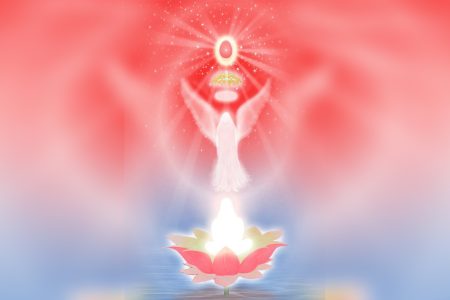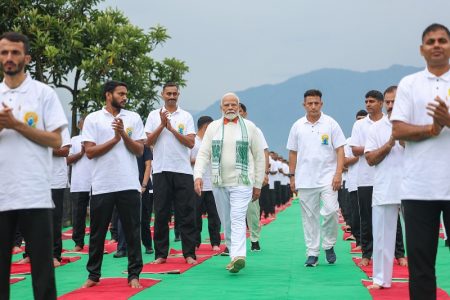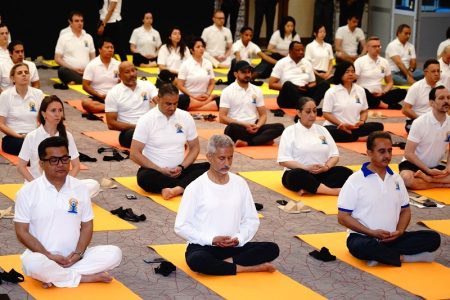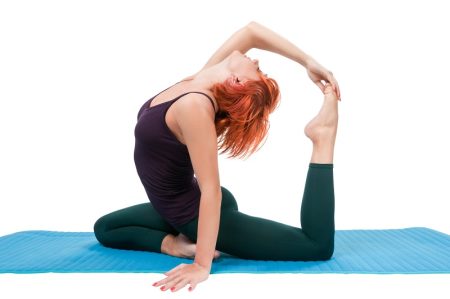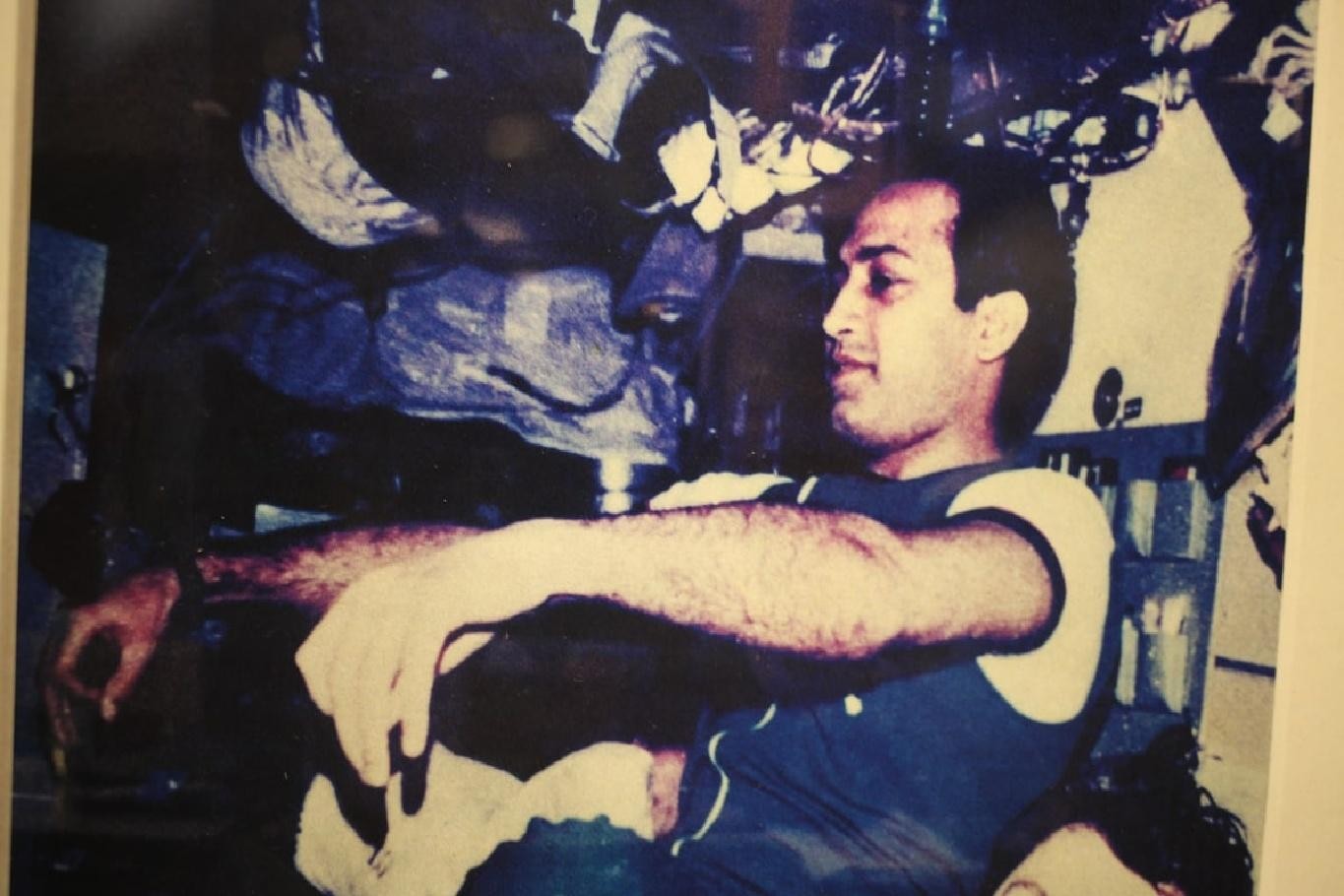
Practicing yoga in zero gravity presents a unique challenge, as Wing Commander Rakesh Sharma experienced during his time in space, where he became the first person from India to engage in the ancient discipline. In an interview with NDTV’s Science Editor Pallava Bagla, Sharma discussed the intricacies of performing yoga poses in space using a specialized harness. The mission, part of the Soyuz T-11 expedition to the Soviet Salyut 7 space station in 1984, aimed to explore alternative methods, such as yoga, to combat space sickness.
Sharma explained that both he and his backup, Ravish Malhotra, incorporated yoga into their training regimen leading up to the mission, deviating from the traditional Russian training methods. They sought to compare their preparedness with that of the cosmonauts at different stages of the mission—pre-launch, in space, and upon returning to Earth. However, the absence of gravity in space posed significant challenges, requiring a specially designed harness with elastic cords to simulate gravity for practicing yoga poses.
Reflecting on the experience, Sharma noted the difficulties of balancing and maintaining stability in zero gravity, humorously remarking that purists might find their yoga techniques lacking. Despite the challenges, Sharma acknowledged that the yogic preparation was not inferior to the Russian regimen. However, he emphasized the need for further research and a larger sample size to conclusively determine its effectiveness.
Regarding its applicability to future missions, particularly India’s Gaganyaan program, Sharma suggested leaving the decision to those organizing the experiments. While the physiology of astronauts remains constant, he emphasized the importance of prioritizing system reliability in the initial stages of space exploration, with yoga experiments potentially being integrated in subsequent missions.

